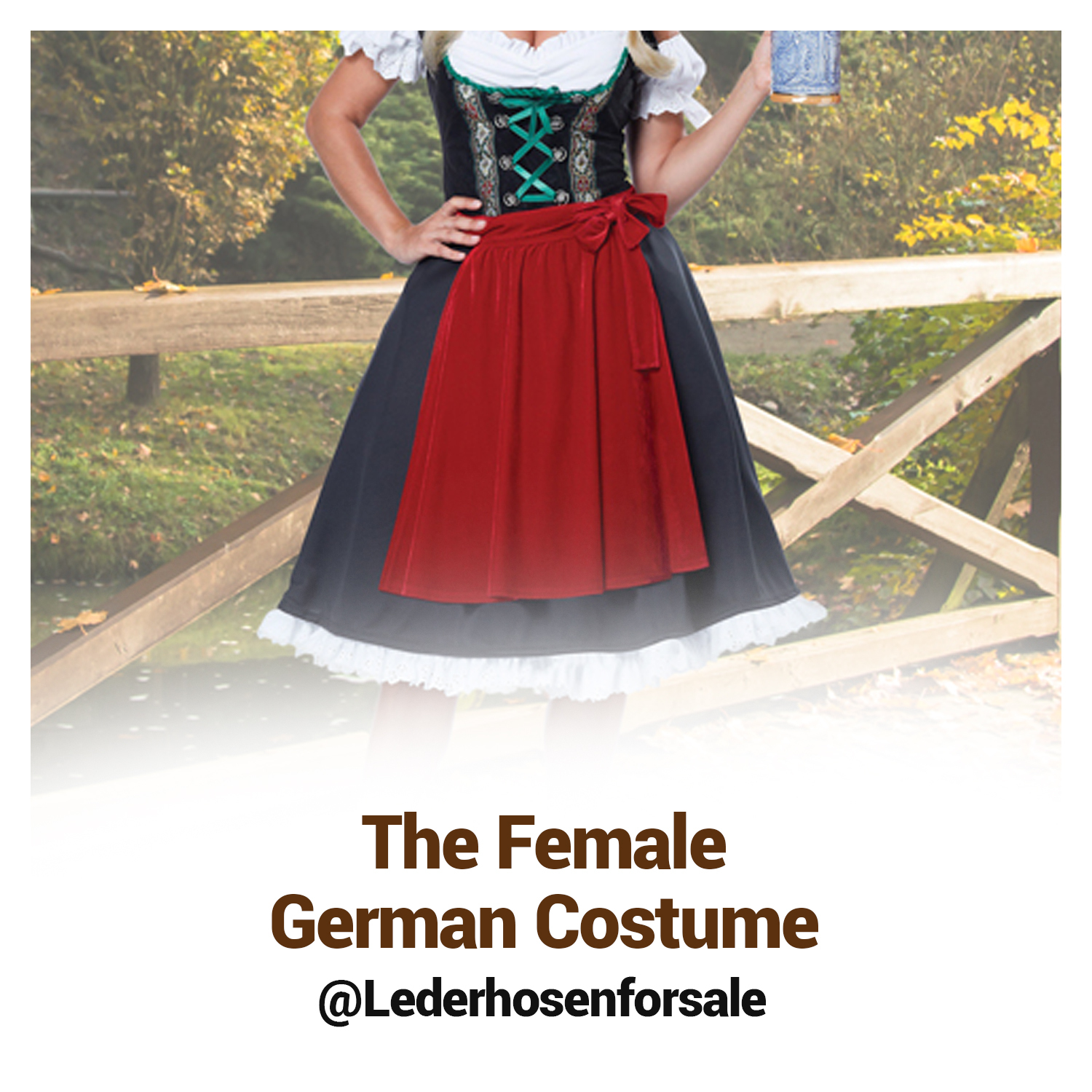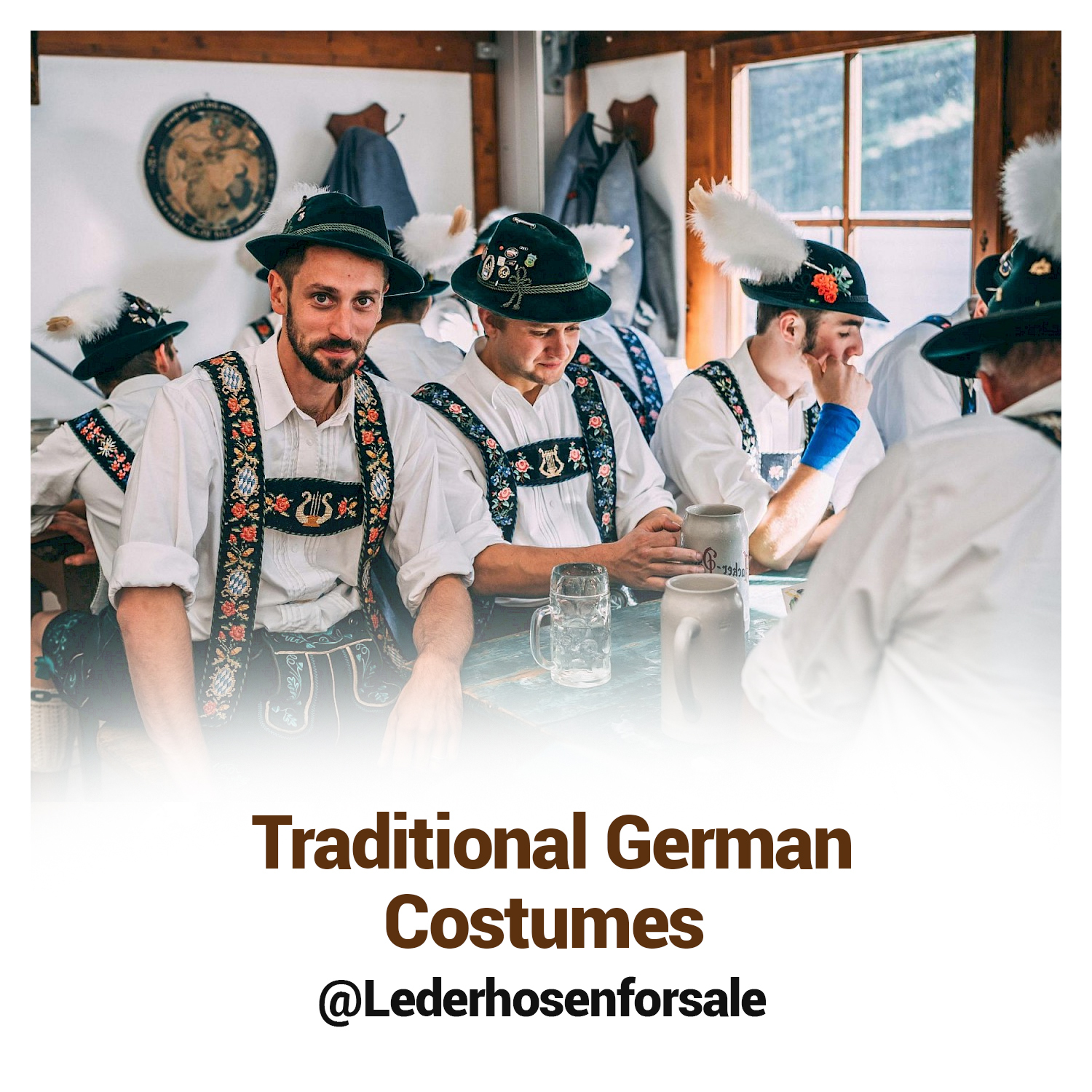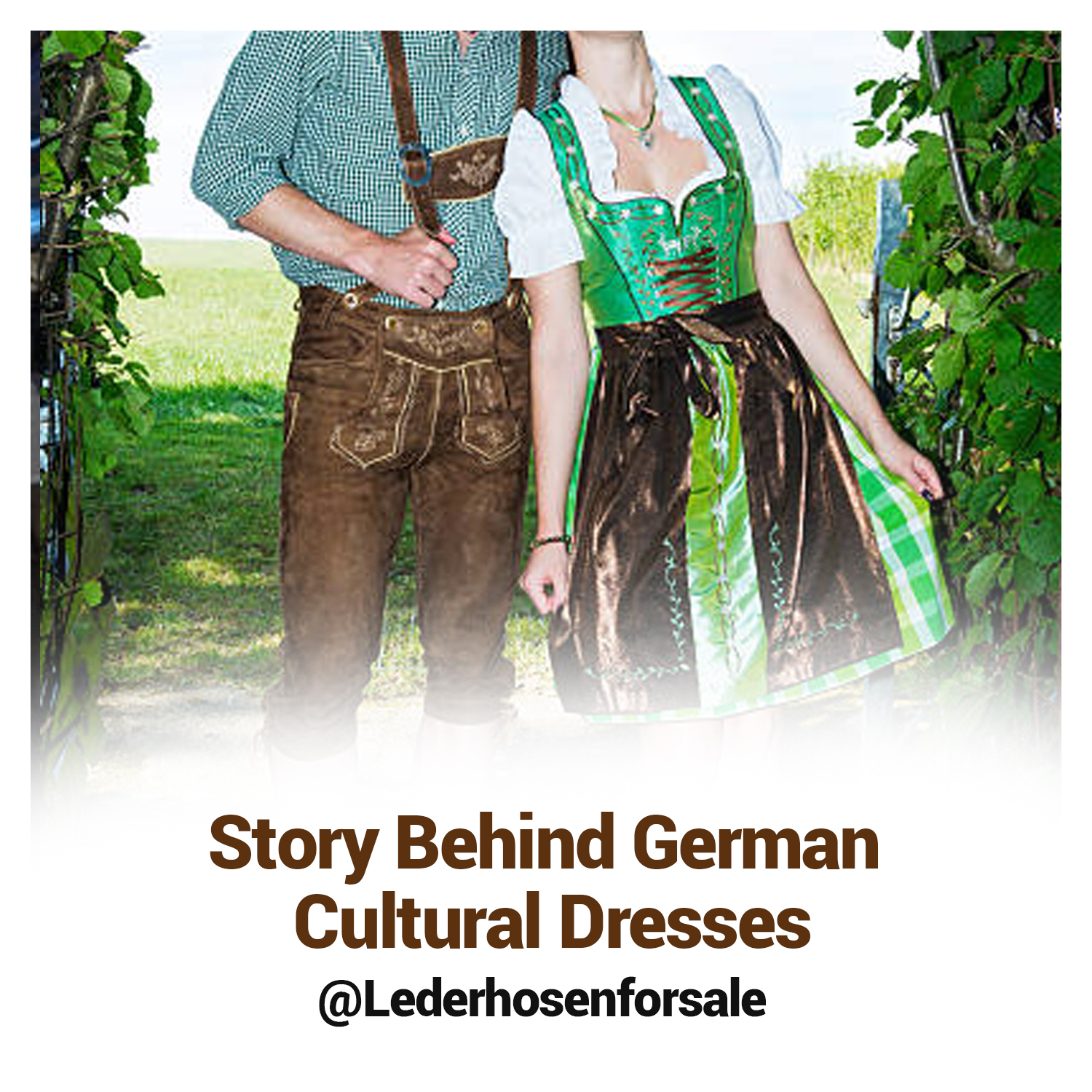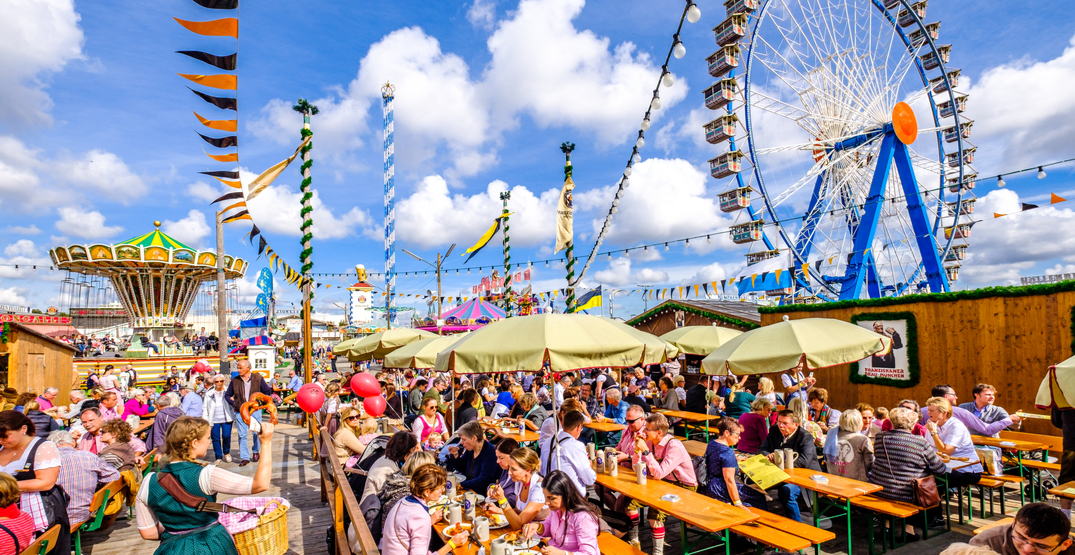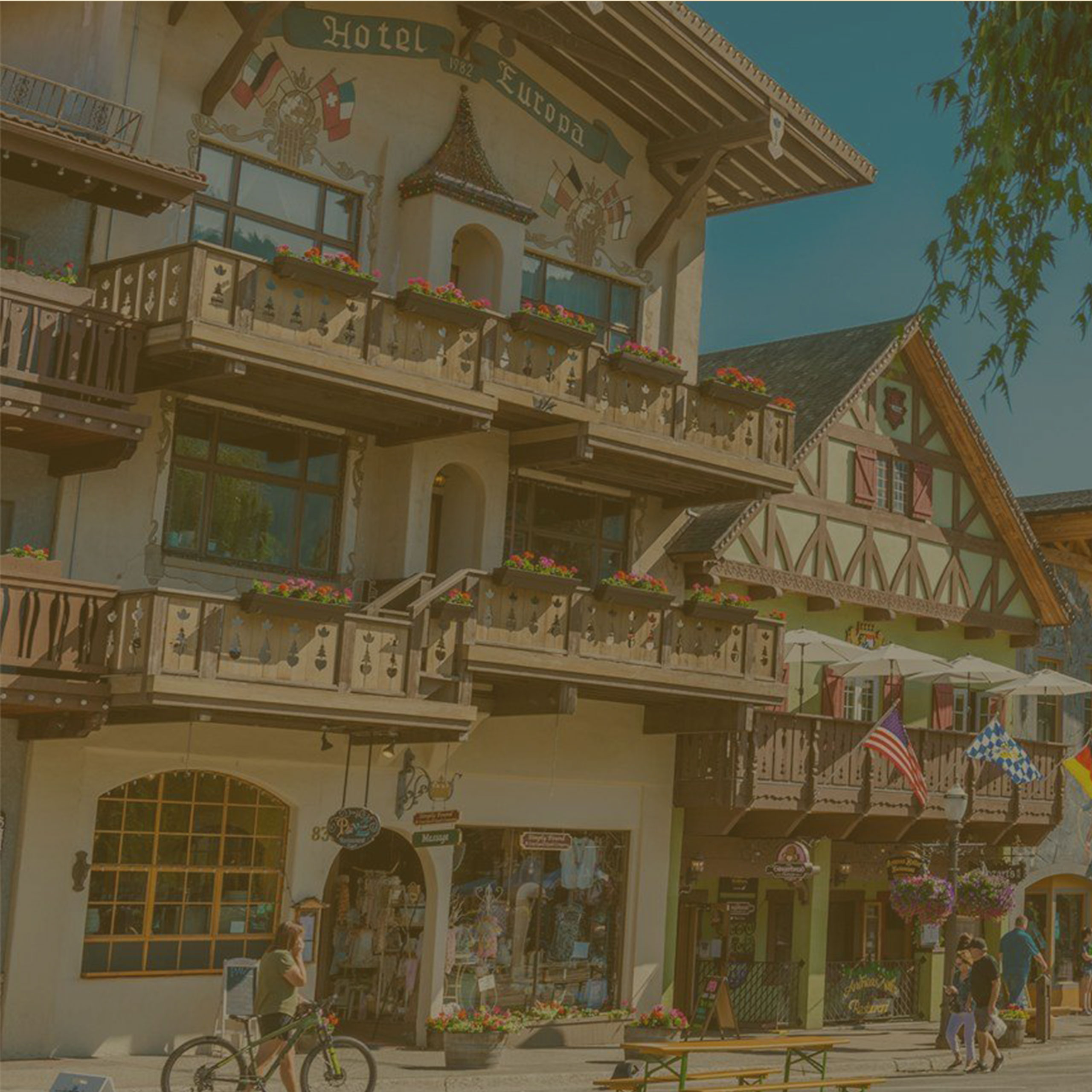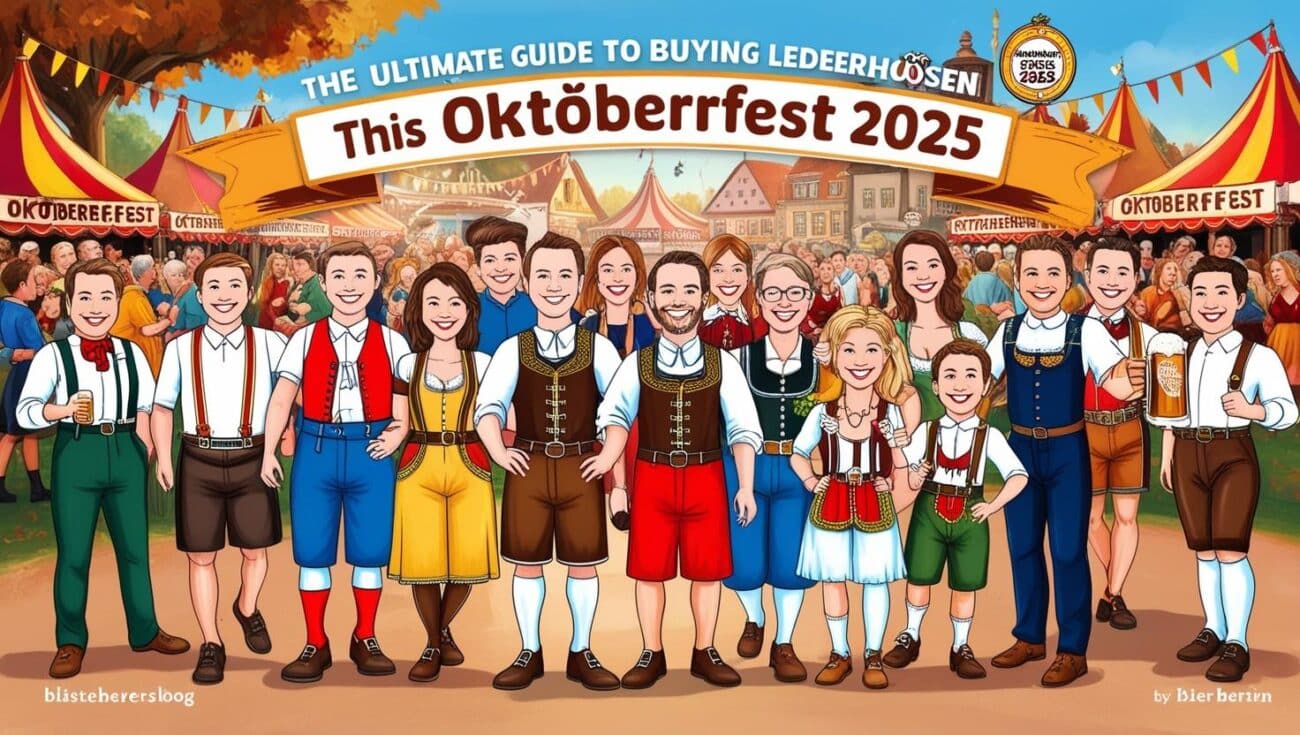Introduction
The dirndl originated from German-speaking areas in the Alps. It was traditionally worn by Austrian female servants in the clergy and noble class of Europe. It was also worn by women in Liechtenstein, Switzerland, and the Alpine areas of northern Italy.
The traditional dirndl is made up of 4 parts: a tight-fitted bodice, a blouse worn under the bodice, a high-waisted skirt or fork, and an apron on top.
Origination
The female German costume is considered a traditional folk costume. It was famously worn by women living in the Alps around the early 19th Century. Since then, it has been considered the traditional attire for women and girls living in that region of Europe. The designs of the dress are originating from the type of clan the woman belongs to. This was a common way for travelers to identify where they were: by looking at the design on women’s clothing.
Eventually, the dirndl was adopted as a trending fashion by the upper and middle class of European. There are many varieties of the dress now, based on which region or country it is worn in.
Name
The term used for the German costume originally meant ‘young women’ or ‘girl’ in its original language. Some Germans are still conflicted about what to call it due to the originality of the dress’s name which goes between ‘young women’, ‘girl’, or ‘female costume’. It is also famously called a tracht, which is in fact a variation of the original dress.
Components of the German Costume
The basic design consists of a blouse, skirt, bodice, and apron top of it all. The bodice has a deep neckline and is usually a single piece secured by lace or buttons. Zip was also added later on to make the bodice fit according to the figure of the woman. The cloth used is usually the color of print depending on which country or region of Europe it was being worn in. The neckline of the blouse is usually rounded or v-shaped.
The skirt has folds gathered in the waist to make it look fluffy. Now it comes attached with the bodice but it was originally sold or made separately from it. Originally the skirt was long but it became shorter with time owing to the demands of the industrial revolution and more demand for working women. The skirt also used to have pockets hidden in the dress.
The blouse was worn under the bodice and used to support the shape of the bodice. The apron was a narrow covering on top of the skirt and knotted according to the marital status of the woman wearing it.

